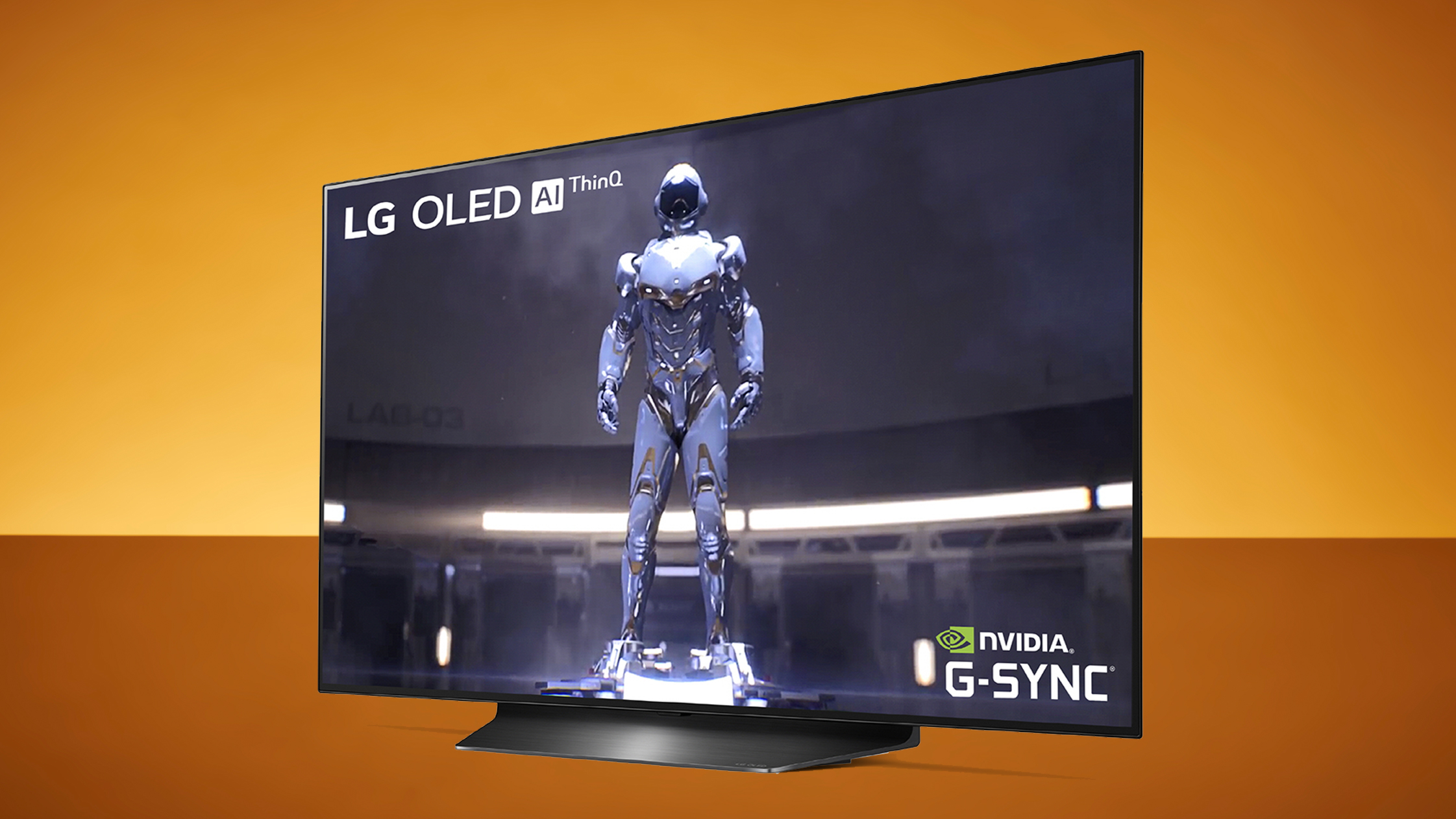

With the PS5 and Xbox Series X fast approaching, LG has carved a name for itself as making the best gaming TVs by supporting as many cutting-edge gaming features as possible, making its OLED TVs in particular a natural choice for gamers.
However, one of the big new features supported by the next-gen consoles – Variable Refresh Rate – seems to have a problem with its implementation on LG 2019 and 2020 OLED TVs, as reported by Forbes, with LG confirming to Forbes that it's now aware of the issue.
Variable Refresh Rate (VRR) is a technology intended to keep games looking crisp and smooth even when the framerate is struggling to stay consistent, such as when a huge amount is happening on-screen in an action game.
If a TV is refreshing 60 times a second (as is the norm) and a game is putting out a new frame of video 60 times per second, everything is great – it all syncs up perfectly. But if the game drops to (for example) 50 frames per second in a busy section, you can end up with what's known as 'screen tearing', where a frame is part-way through being created when the TV wants to display it, so you've got different parts of the image out of alignment with each other.
VRR enables the games console to tell the TV when a frame is ready, so the TV only shows complete frames, meaning that even when the framerate is dropping suddenly, no 'tearing' occurs.
The problem is that when using current forms of VRR (available on Xbox One X and PCs) with LG's 2019 and 2020 OLED TVs, people have noticed that the dark areas of the screen (which OLED TVs are famed for showcasing well) sometimes look washed out and more grey with VRR turned on.
Other people sometimes spotted flickering in dark areas of the screen with VRR turned on.
Get all the latest news, reviews, deals and buying guides on gorgeous tech, home and active products from the T3 experts
In a statement to Forbes, LG said: "LG Electronics is aware there can be situations when luminance changes in dark scenes with gaming content in VRR mode. The changes may look more visible than they are on LCD panel devices because the OLED black is basically deeper, which makes brightness differences seen to the eyes in the low grey area appear greater."
Can the problem be fixed? That's an open question – as it stands, LG is looking into the problem, and promises to report back when there's something useful to say.
Should I still buy an LG OLED TV for gaming?
The LG CX is our current pick as the best TV for gaming, and this news raises valid questions about its status there.
For now, our understanding of this problem with VRR is still somewhat limited, and the LG CX also supports 4K at 120Hz, which is the single most important feature of next-gen support in TVs as far as we're concerned.
The LG also has the best support for all gaming formats, including both Nvidia G-Sync and AMD FreeSync. And a small but significant factor is that it has support for all these features on every single HDMI port, which Samsung's TVs (for example) don't, even though many of them support almost all of the same features.
And, of course, the LG CX remains a TV capable of gorgeous images overall, and is arguably the best-looking way to view your games even if you have to turn VRR off until (hopefully) a fix is found.
It's the only OLED TV that's fully embracing next-gen gaming, too – if you want an alternative, you'll have to look to Samsung's QLED TVs (check out the Samsung Q80T and Samsung Q90T in particular) or the LED Sony XH90/X900H, though it's worth nothing that the latter doesn't support any next-gen features yet (but promises to in the future with an update).
For now, we will tentatively keep the LG CX as a strong recommendation for next-gen gaming, but we'll keep a close eye on the situation.
- Upgrade your TV's audio with the best soundbars
- The best 32-inch TVs – perfect for bedrooms and offices
- The best 43-inch TVs – great entry-level 4K sets
- The best 48- to 50-inch TVs – beautiful mid-size 4K TV sets
- The best 55-inch TVs – premium TVs that still fit most living rooms
- The best 65-inch TVs – beautiful big-screen TVs
- The best 75-inch TVs – giant 4K and 8K TVs packed with features

Matt is T3's former AV and Smart Home Editor (UK), master of all things audiovisual, overseeing our TV, speakers and headphones coverage. He also covered smart home products and large appliances, as well as our toys and games articles. He's can explain both what Dolby Vision IQ is and why the Lego you're building doesn't fit together the way the instructions say, so is truly invaluable. Matt has worked for tech publications for over 10 years, in print and online, including running T3's print magazine and launching its most recent redesign. He's also contributed to a huge number of tech and gaming titles over the years. Say hello if you see him roaming the halls at CES, IFA or Toy Fair. Matt now works for our sister title TechRadar.